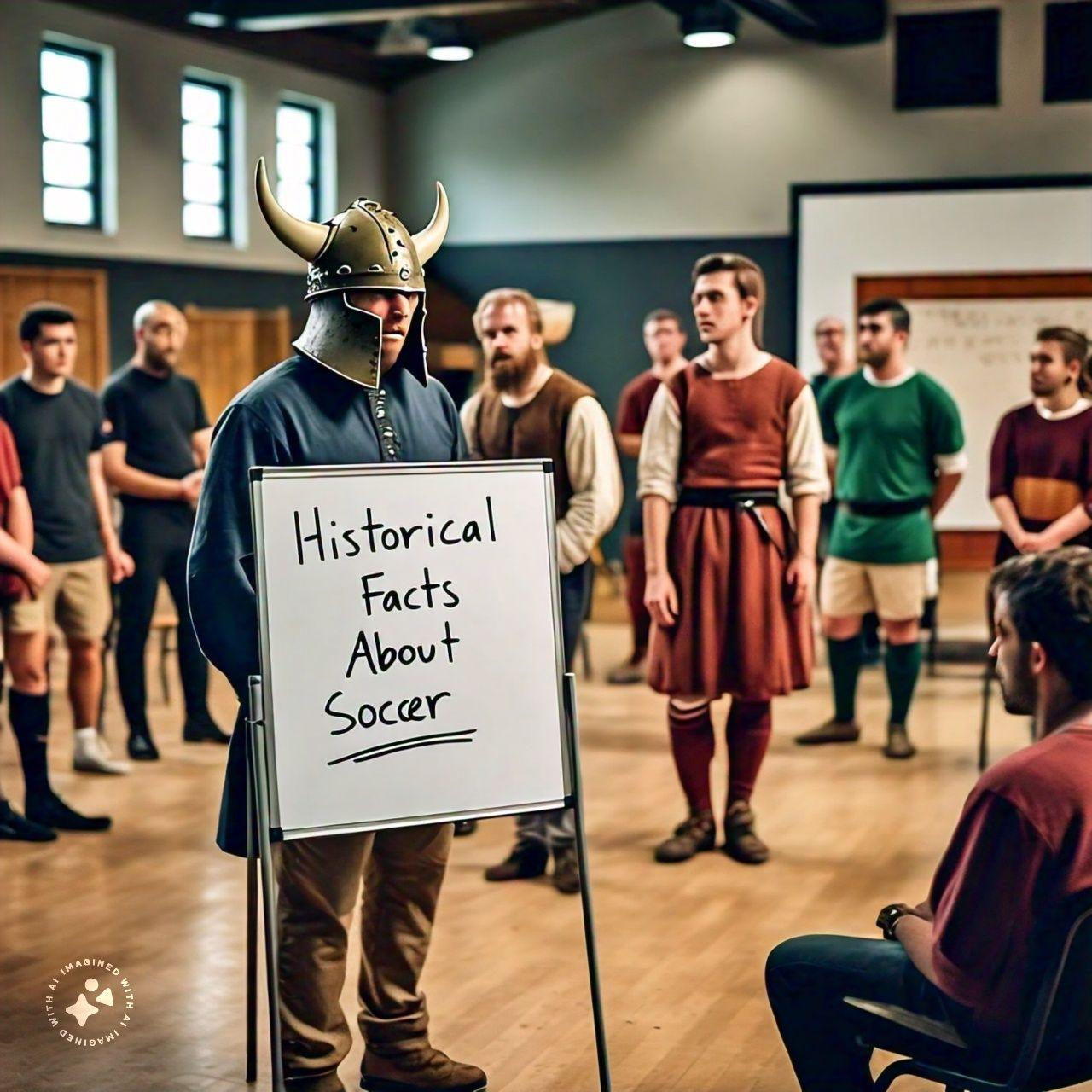Soccer, also known as football in many parts of the world, is a sport cherished for its simplicity and universal appeal. This article delves deep into various facts about soccer, offering a blend of intriguing insights and captivating statistics that highlight the sport’s global significance.
Origins and Historical Milestones
Soccer’s roots trace back thousands of years, with early forms of the game played by ancient civilizations like the Chinese, Greeks, and Romans. The modern version of soccer, as we know it today, evolved in England during the 19th century, spreading rapidly across Europe and beyond.
Fun Facts About Soccer’s Origins
- The Chinese military during the Han Dynasty (206 BCE – 220 CE) played a game called “cuju,” which involved kicking a ball into a net.
- The first documented rules of modern soccer were drawn up at Cambridge University in 1848.
Global Popularity and Cultural Impact
Soccer transcends geographical boundaries and cultural differences, uniting people of diverse backgrounds through a shared passion for the game. From bustling streets in Rio de Janeiro to remote villages in Africa, soccer serves as a universal language that resonates with billions worldwide.
Interesting Facts About Soccer’s Global Reach
- Soccer is played by over 250 million people in more than 200 countries, making it the world’s most popular sport.
- The FIFA World Cup, held every four years, attracts billions of viewers and is one of the most-watched sporting events globally.
The Beautiful Game: Rules and Gameplay
At its core, soccer is a game of skill, strategy, and teamwork. Played on a rectangular field with two teams of eleven players each, the objective is simple yet challenging: score more goals than the opponent by maneuvering the ball with feet, head, or any part of the body except the hands or arms.
Cool Facts About Soccer’s Gameplay
- The standard soccer ball weighs between 14 to 16 ounces and is typically made of leather or synthetic materials.
- The fastest recorded soccer shot speed is 131 miles per hour, achieved by Ronny Heberson of Sporting Lisbon.
Soccer’s Heroes: Legends and Iconic Players
Throughout history, soccer has produced iconic figures whose skills and achievements have left an indelible mark on the sport. From Pelé to Lionel Messi, these players have become household names and inspirations for aspiring athletes worldwide.
Fascinating Facts About Soccer Legends
- Pelé, a Brazilian legend, scored over 1,280 career goals and is widely regarded as one of the greatest soccer players of all time.
- Lionel Messi has won the Ballon d’Or (awarded to the world’s best player) a record seven times as of 2024.
Economics and Industry Insights
Beyond its cultural and sporting dimensions, soccer is a significant economic force, generating billions in revenue through ticket sales, broadcasting rights, sponsorships, and merchandise. Professional leagues and clubs around the world contribute to the sport’s robust economic ecosystem.
Key Facts About Soccer’s Economic Impact
- The English Premier League, one of the most lucrative soccer leagues, generates billions in revenue annually.
- Cristiano Ronaldo and Lionel Messi are among the highest-paid athletes globally, with earnings exceeding $100 million per year.
Technology and Innovation in Soccer
Advancements in technology have transformed various aspects of soccer, from match officiating to player performance analysis. Goal-line technology, video assistant referees (VAR), and wearable devices for player monitoring are examples of innovations enhancing the game’s fairness and efficiency.
Cutting-Edge Facts About Soccer Technology
- Goal-line technology uses cameras and sensors to determine if the ball has crossed the goal line, ensuring accurate goal decisions.
- Wearable GPS trackers provide real-time data on players’ movement, distance covered, and physical exertion during matches and training sessions.
Soccer’s Impact on Health and Society
Participation in soccer offers numerous health benefits, promoting cardiovascular fitness, muscular strength, and agility. Moreover, soccer fosters social cohesion, teamwork, and discipline among players of all ages, contributing positively to community development and youth empowerment.
Health and Social Facts About Soccer
- Soccer players can cover over 10 kilometers (6.2 miles) during a 90-minute match, demonstrating the sport’s aerobic demands.
- Soccer clubs often serve as hubs for community engagement, offering youth programs and promoting social inclusion.
Future Trends and Innovations in Soccer
Looking ahead, soccer continues to evolve with advancements in sports science, fan engagement strategies, and sustainability initiatives. The integration of virtual reality for fan experiences and eco-friendly stadium designs are shaping the future landscape of the sport.
Emerging Trends in Soccer’s Future
- Virtual reality technologies allow fans to experience matches from unique perspectives, enhancing viewer engagement.
- Sustainable practices, such as solar-powered stadiums and reduced carbon footprints, are becoming priorities for soccer clubs and organizations globally.
Conclusion
In conclusion, soccer’s allure lies not only in its thrilling matches and global appeal but also in its ability to transcend sport and influence cultures, economies, and communities worldwide. As this article has illustrated through various facts about soccer, the sport’s rich history, dynamic gameplay, iconic figures, and ongoing innovations continue to captivate enthusiasts and inspire generations. Whether on the field or in the hearts of fans, soccer remains the beautiful game that unites people around the globe.



